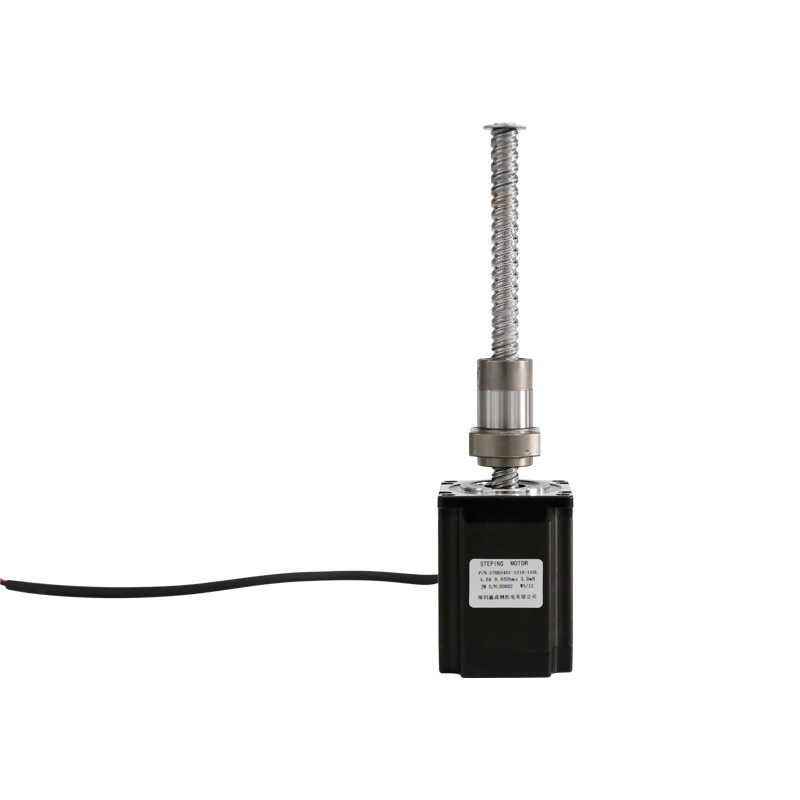Source:Industry News Release time:2022-07-14 Clicks:0 Popular:Reduction motor manufacturer

Stepper motors that do not use permanent magnets in the rotor (VR type or reactance type or variable reluctance type) have been used for three-phase stepper motors for a long time. In 1986, Japan Servo Company developed a stepper motor with permanent magnets on the rotor and teeth on the stator poles. The combination of stator and rotor pitch can achieve higher angular resolution and torque. The number of main poles of the stator coil of a three-phase stepper motor is a multiple of 3, so the number of main poles of the stator of a three-phase stepper motor is 3, 6, 9, 12, etc.
Assuming that the rotors are all PM type or HB type, the corresponding rotors are two-phase, three-phase and five-phase according to the stator configuration. The stator adopts a structure with the smallest number of main poles that does not produce unbalanced electromagnetic force, that is, four main poles and three main poles for two phases. When the phase has 3 main poles and the fifth phase has 5 main poles, unbalanced electromagnetic force will be generated in the structure. The above structure should not be used except for special purposes. The structure of the stator in the figure is two-phase with 8 main poles, three-phase with 6 main poles, and five-phase with 10 main poles. It is the simplest structure.
On the other hand, for the stepper motor drive circuit used for bipolar coils, since the windings adopt Y or Δ connection, the number of power tubes is 8 for two phases, 10 for five phases, and three for three phases. According to legal regulations, only 6 power tubes are enough to drive three outlet ports. Therefore, considering the integration of the motor and driver, the three-phase stepper motor has the simplest structure and the lowest manufacturing cost.
Judging from the odd and even numbers of the stator phases, the number of switching power tubes in the drive circuit under odd numbers is less than that under even numbers. For example, a three-phase stepper motor has fewer drive power tubes than a two-phase stepper motor. Compared with two-phase stepper motors, three-phase stepper motors have the advantages of 1.5 times higher resolution and lower vibration when the number of rotor teeth is the same. Therefore, the number of uses is increased and the price is reduced.
Recommended reading
Application advantages and characteristics of linear screw stepper motors
What are the advantages of geared motors that can meet the needs of major enterprises?
Related Information
Planetary reducer
2020-12-21Governor
2020-12-21CGX060
2021-01-13CGXZK085
2021-01-13CGX115
2021-01-13Stepper motor
2020-12-21Planetary reducer
2021-04-15Planetary reducer
2021-04-15Stepper motor
2021-04-14Stepper motor
2021-04-14Right angle motor
2020-12-21CGF-090L1-10-P2
2020-12-21CGXZ142
2021-01-13CGX115
2021-01-13Accessories
2020-12-21Stepper motor
2020-12-21Stepper motor
2020-12-21Stepper motor
2020-12-21